A stone museum? Sounds boring? How mistaken is anyone who thinks something like this: each of the more than 300 geological exhibits exhibited within the exhibition in the yard of Predrag Peca Petrovic, in the village of Pastric near the town of Mionica, tells an incredible story, which is sometimes several hundred million years old…
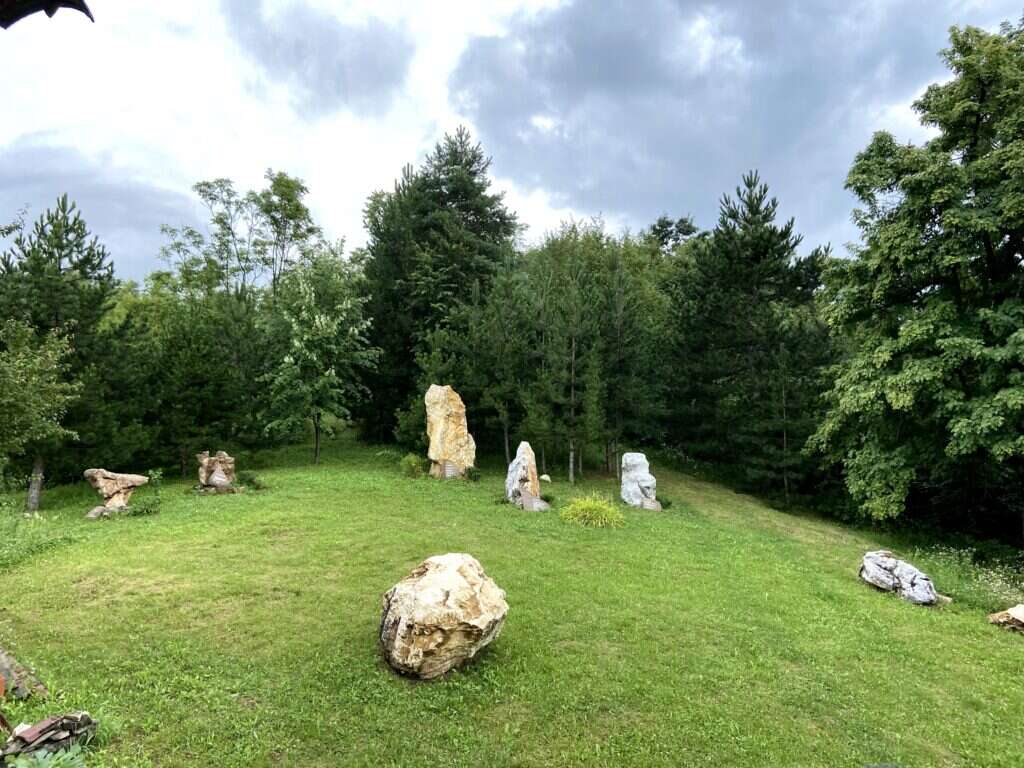
The Stone Museum in Pastric was opened in 2013 by the famous Serbian biologist Predrag Petrovic, in the yard of his family house, not far from the famous Niter Cave, another tourist attraction of Mionica and Western Serbia.

While he proudly walks us through the exhibition and the beautiful garden, in which, it can be seen, a lot, a lot of love and effort has been invested, but also a lot of knowledge, Popović talks about each of the exhibits.
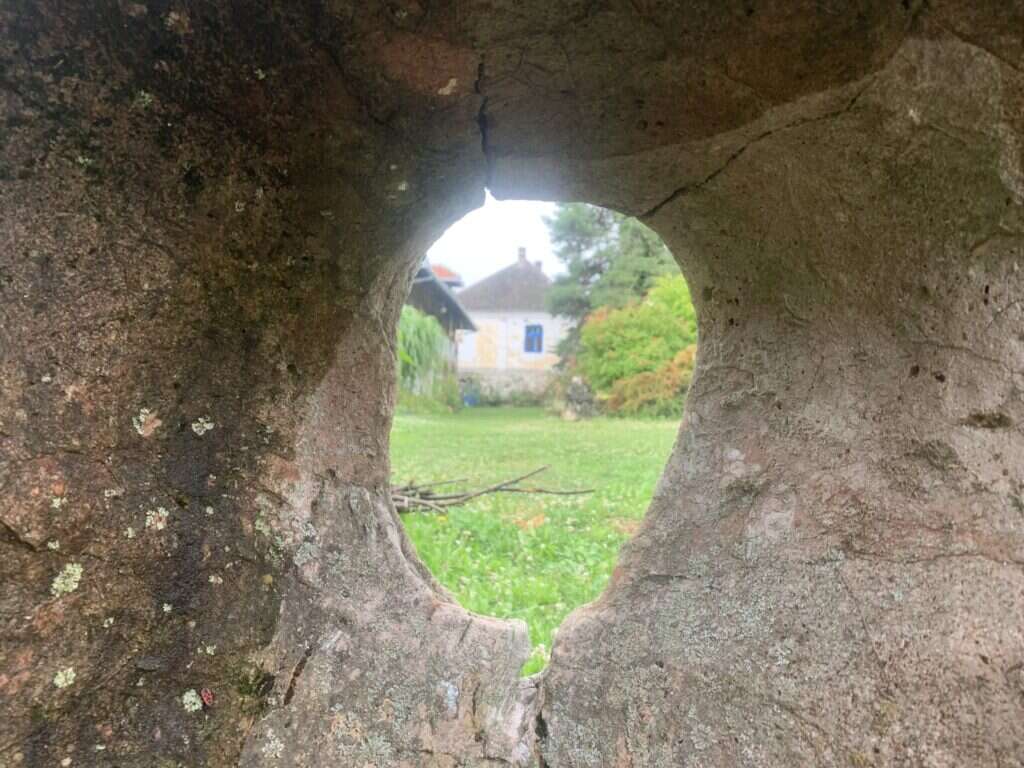
He is especially proud that the youngest visitors come here all the time, as part of school trips, and the most important thing, he says, is for children to learn what nature is, what science is, and to get to love knowledge.

In addition to the Stone museum, you can also visit the House of Tea, which the Petrovics love to maintain, where you can learn everything about medicinal plants and their use.
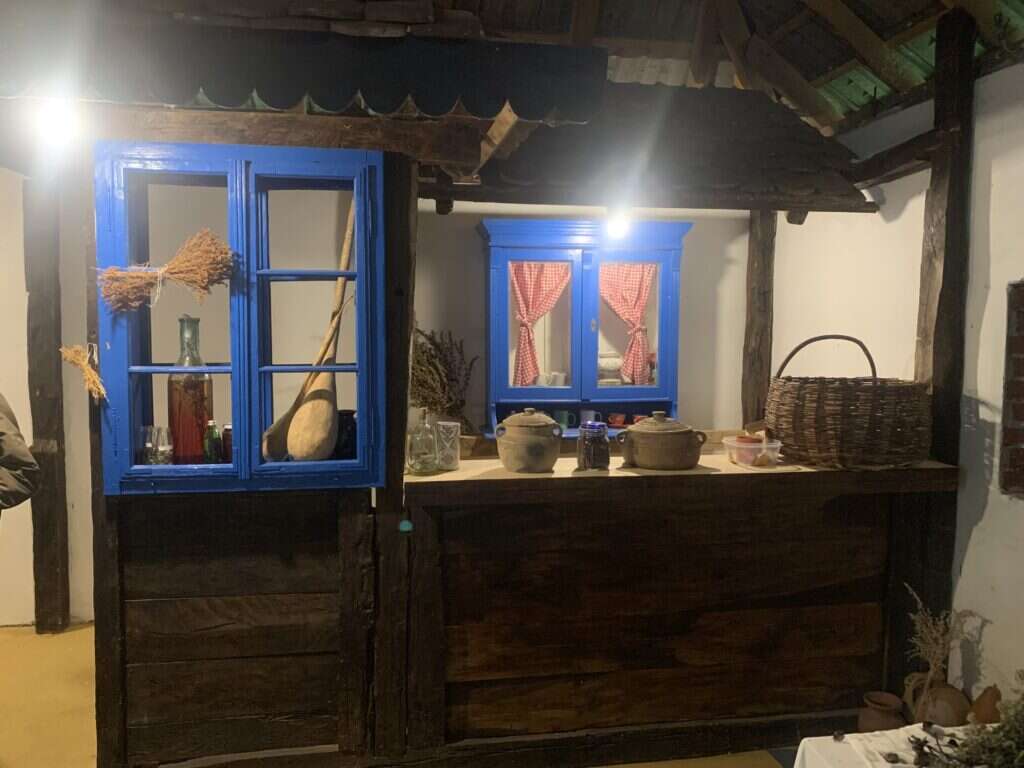

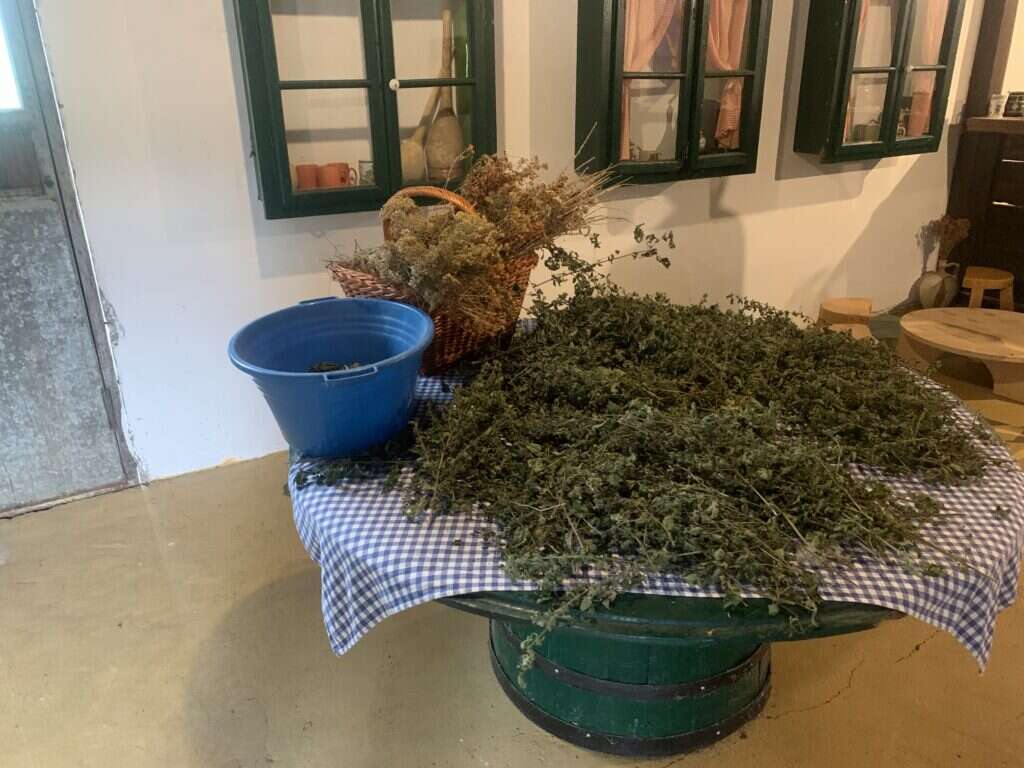
The friendly hosts also offer accommodation – comfortable rooms and realy wonderful home-made food, which in combination with clean air that fills the lungs and greenery that stretches all around heals and cleanses both body and soul.
The Museum exhibits stones that are several hundred million years old.
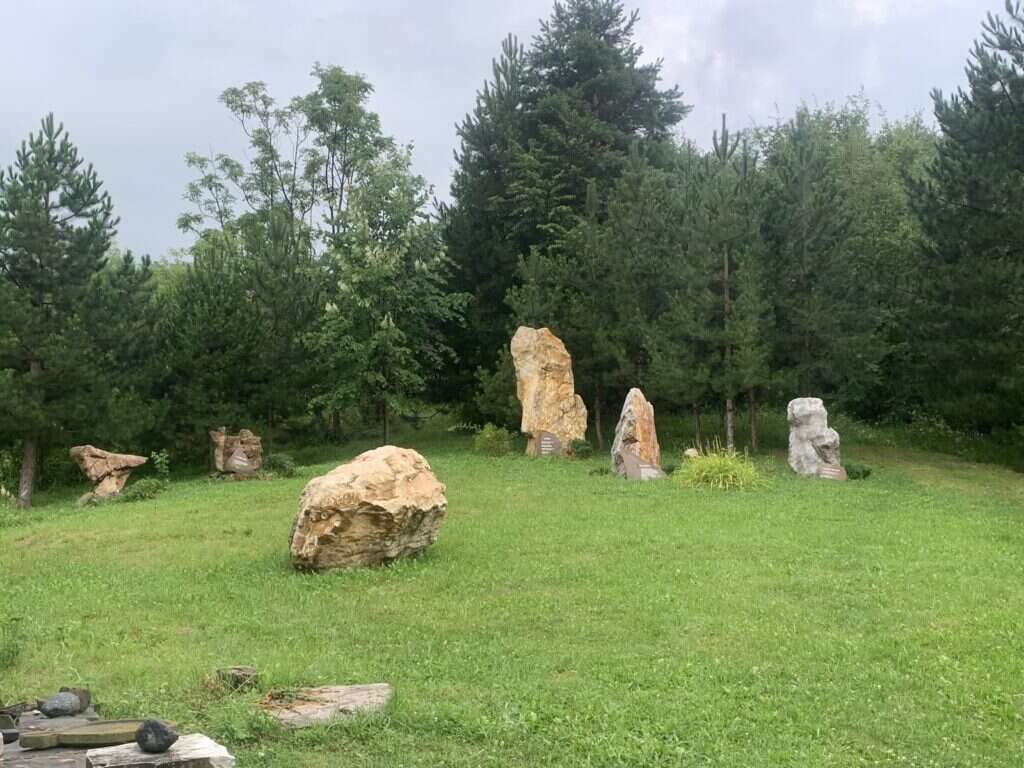
Petrovic says that the idea behind the Stone Museum is to provide a complete story about stone, tectonics, composition, sedimentary and metamorphic rocks, the human use of stone from prehistory to the present day, and notes that stone preserves water, the history of the planet, was used for painting, sculpture…
A special place in the exhibition of the Museum of Stone is taken by the “Stone Primer”, a collection of stone boulders in the yard, which contain excerpts from the works of the greatest Serbian minds.



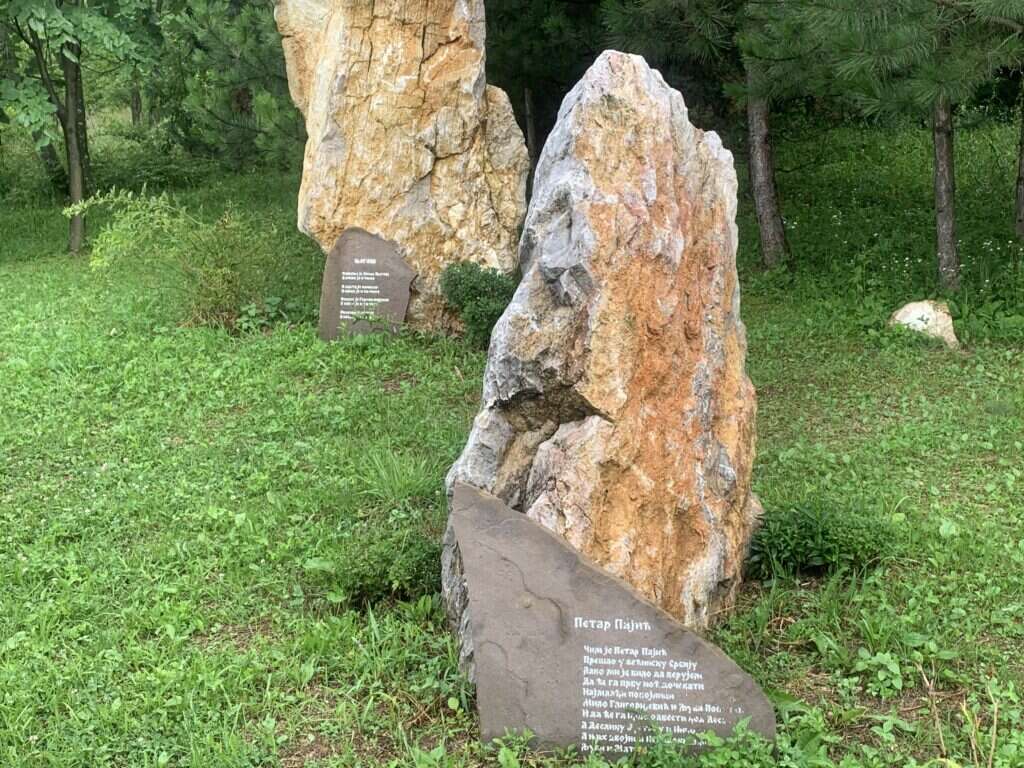
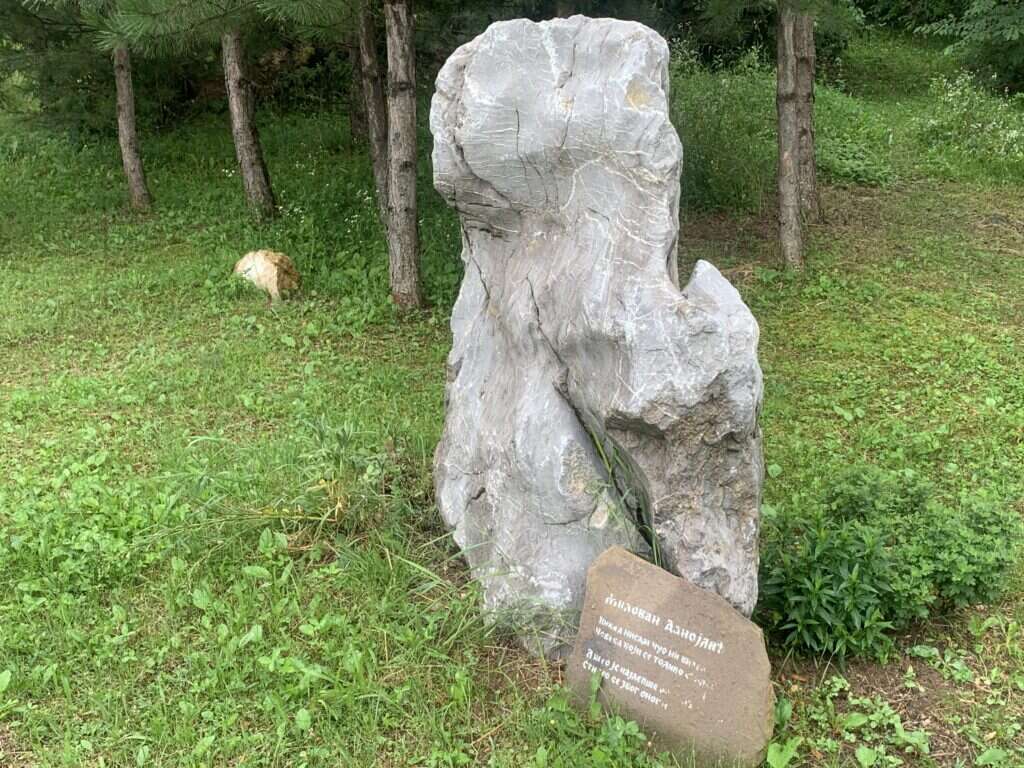
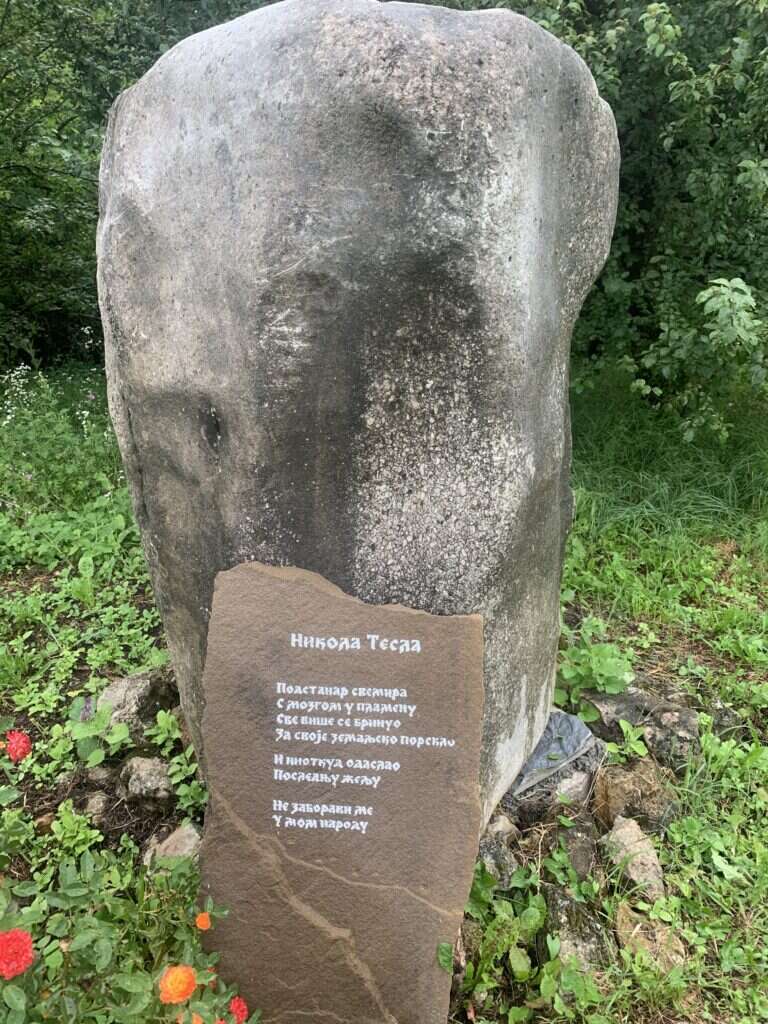
Thus, in addition to these magnificent rocks, there are inscriptions with the words of Nikola Tesla, Petar Petrović Njegoš, Ljubo Popović, Matija Bećković, Desanka Maksimović, Milovan Danojlić…
It is planned that soon there will be about a hundred boulders at this place, which will be dedicated to the greatest people in the history of Serbia.
The host shows us a rock, which has an opening in the middle. He says that it is hundreds of millions of years old, that it is from the Tethys Ocean, and that it is a favorite object of all children who come to the museum.
Here it is:
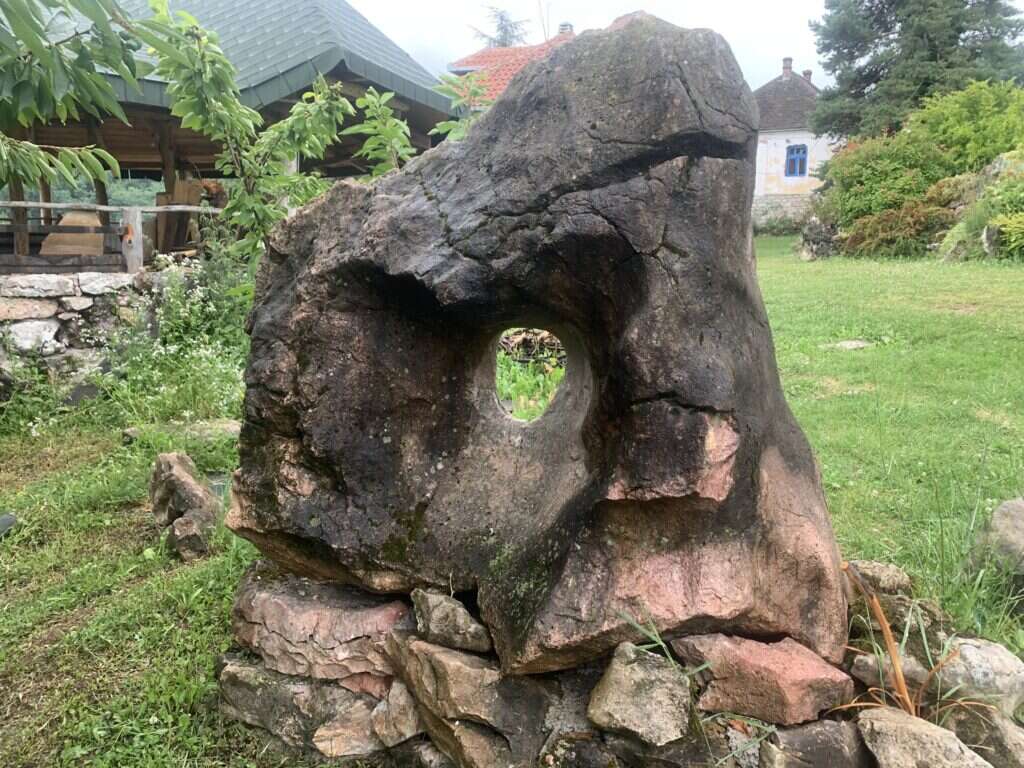
By the way, the large yard is dominated by a hill covered with, it seems, hundreds of plant species, which grow next to each other in perfect harmony.
– It is beautiful! – we comment.
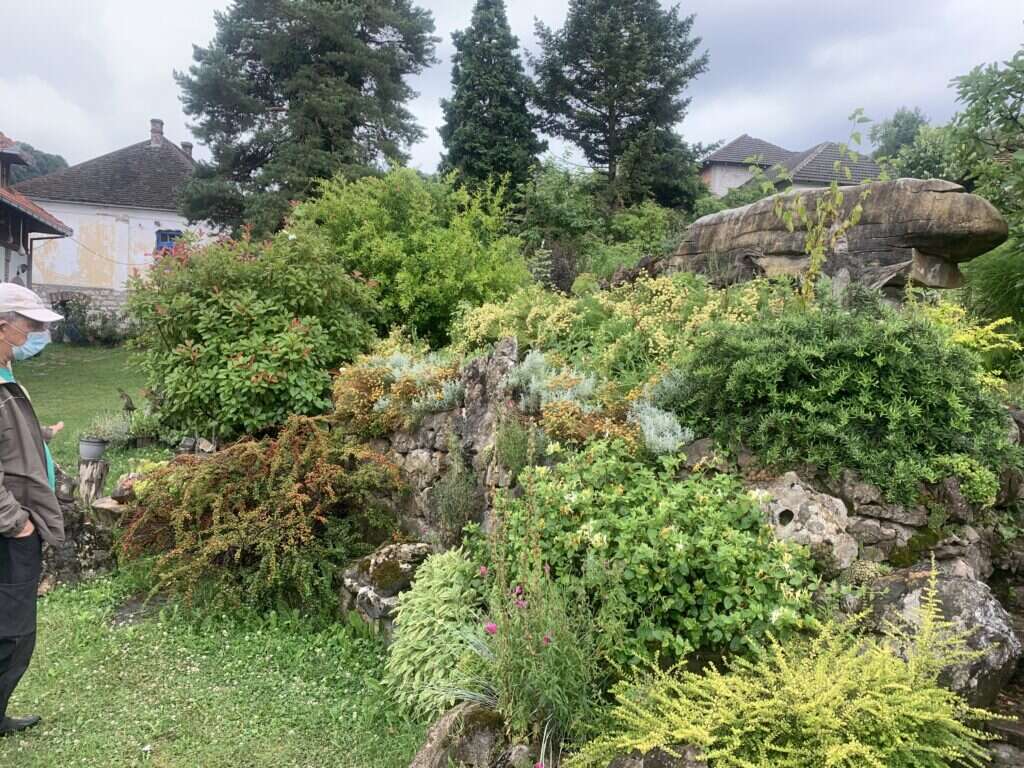
Peca tells us that everyone asks him about this structure, whether it is natural or something has been done on it, and then he reveals the real truth:
– A lot of work has been invested here. It was built, watered with cement, and then various plants were inhabited…
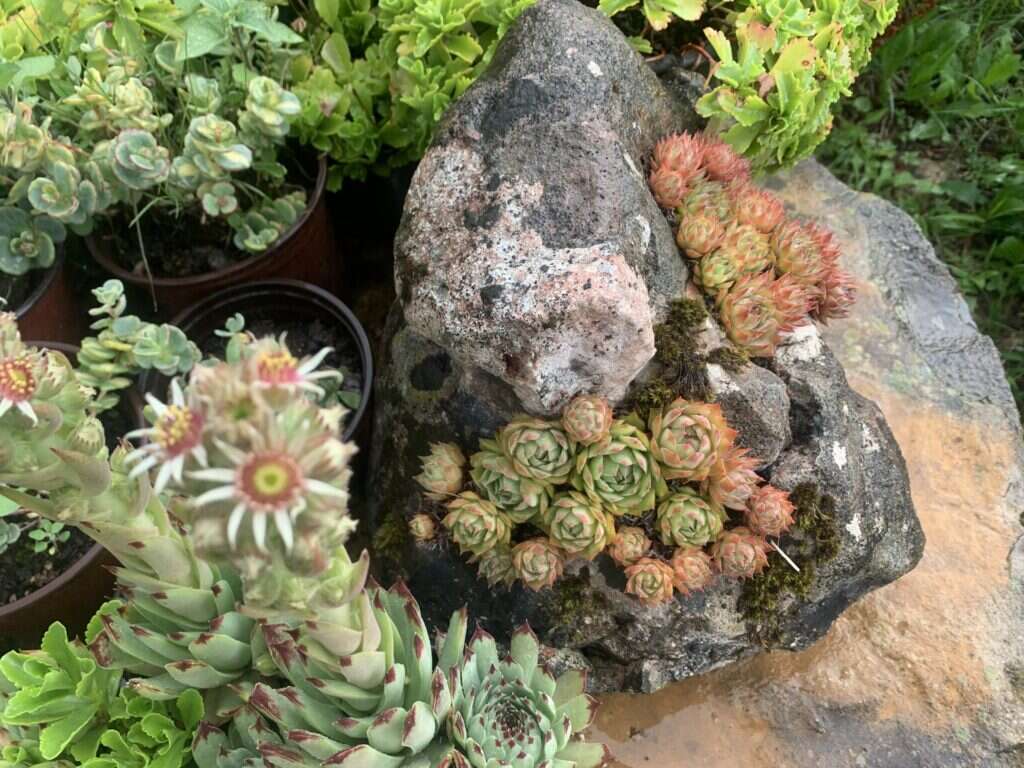
We realize how wrong it is to think that any part of this stone paradise in greenery happens to be as perfect as it really is by case, and we suddenly begin to appreciate even more the knowledge and effort invested in this museum.
The host knows everything about each of the hundreds and hundreds of plants that enrich the exhibition space, and together with the powerful stones form a unique sight, which, we are convinced, does not exist anywhere else in the world.
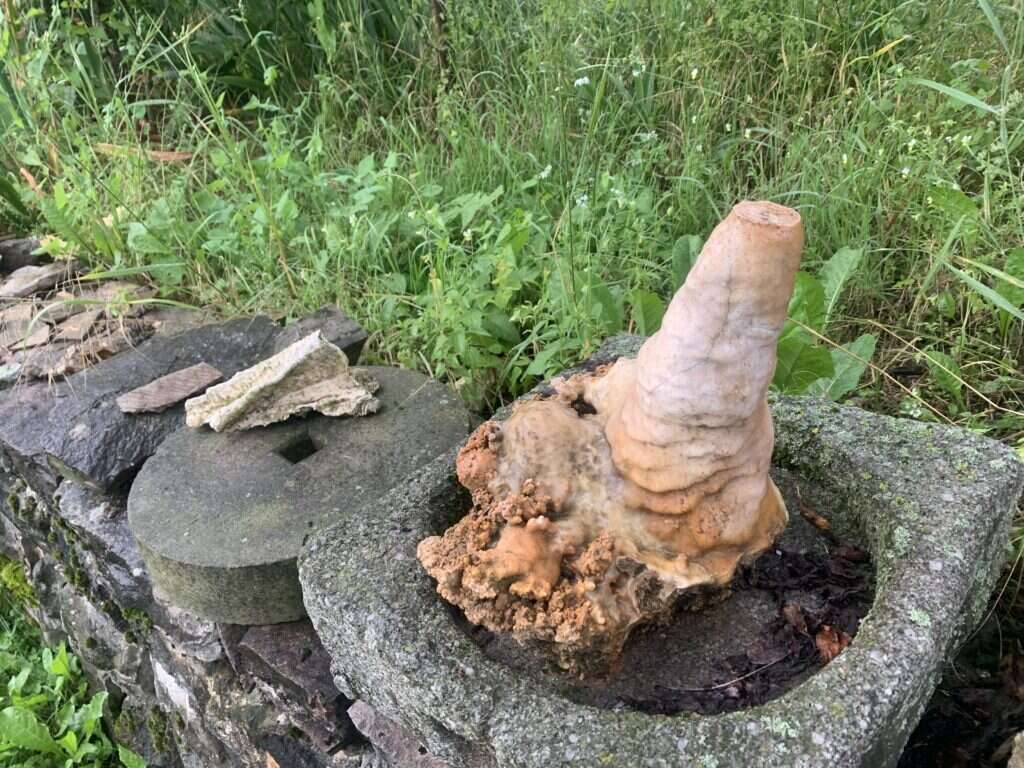
The main part of the exhibition is located in the central room on the Petrovic estate. Hundreds and hundreds of exhibits were lined up and carefully prepared for the exhibition, and one could observe each of them for hours and hours, and listen to the silent story they tell.
Fascinated by what we see, we realize, like students who come here all the time, that stone is not something dead, motionless, but a force that changes, and changes everything around it, a “record” of millions of years of change on our planet.
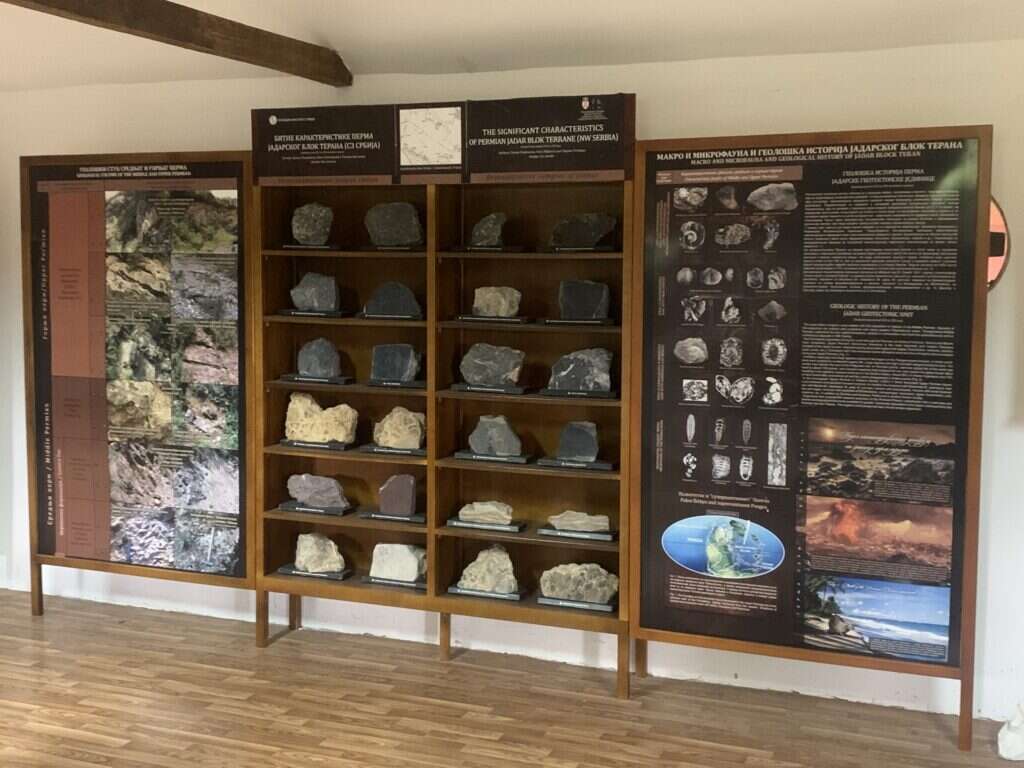



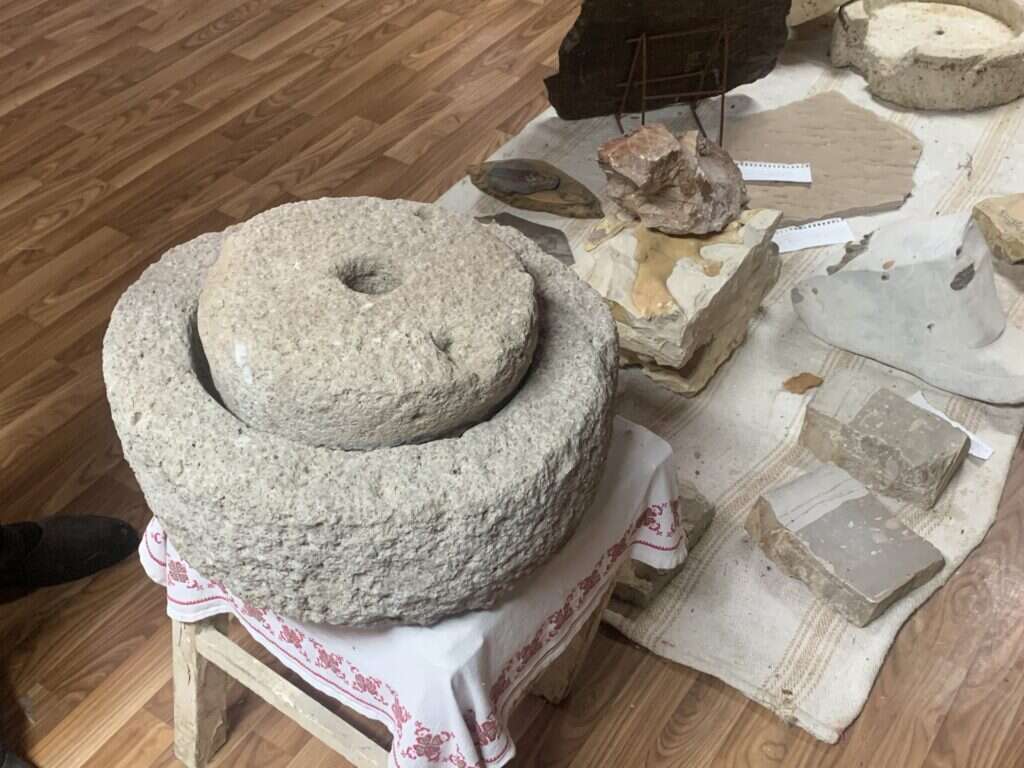

We were especially fascinated by the patterns on one stone, which we were convinced were the work of an artist.
It turned out, however, that the “artist” is nature itself, that is, that the incredible patterns are a consequence of crystallization.
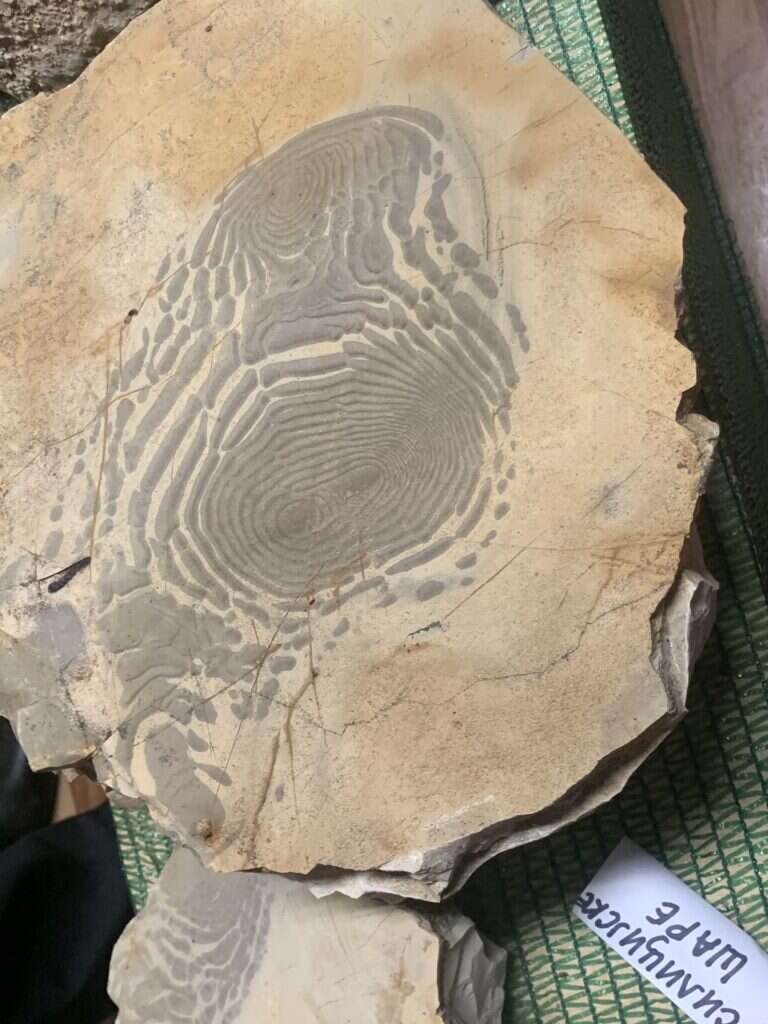
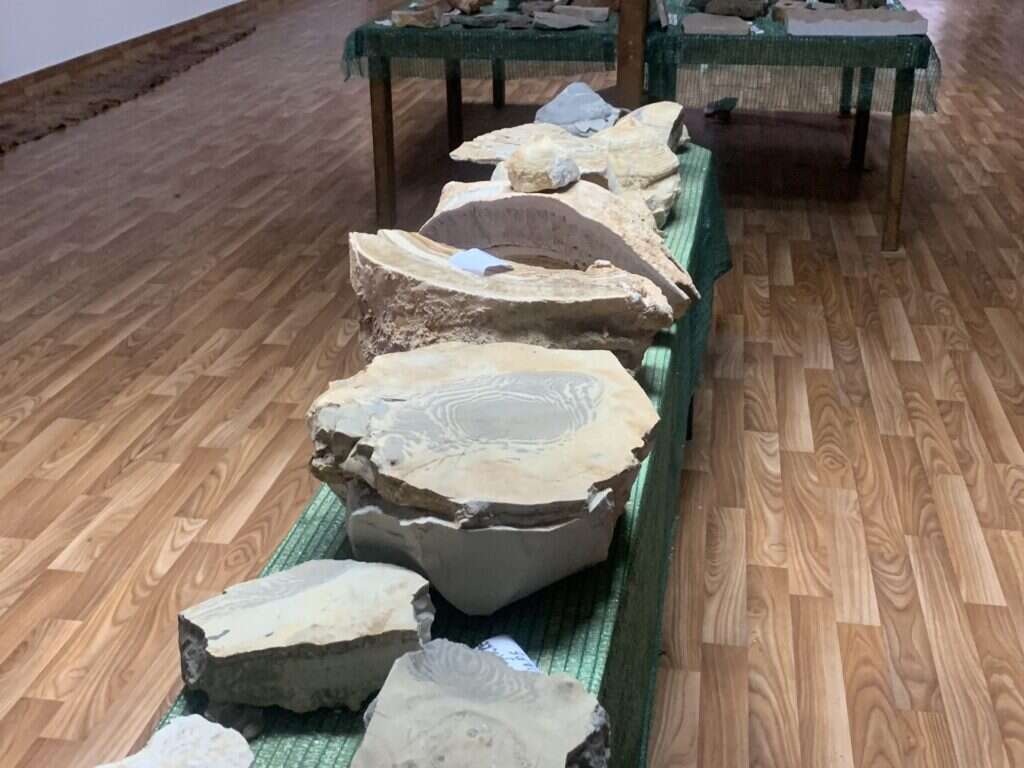

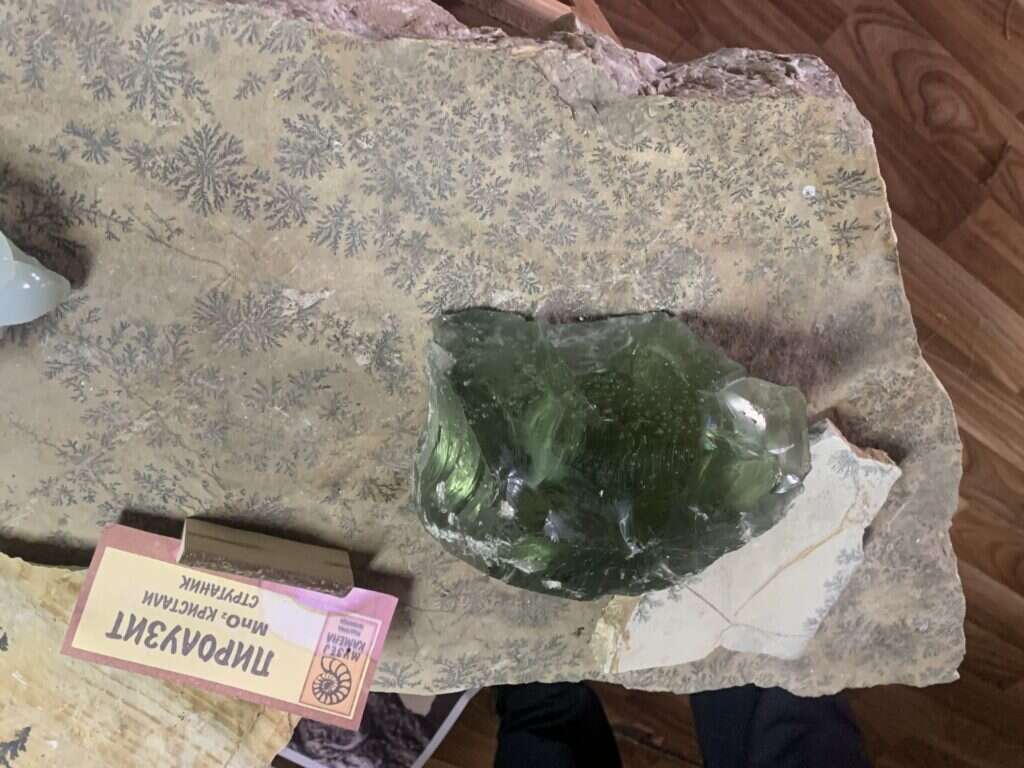

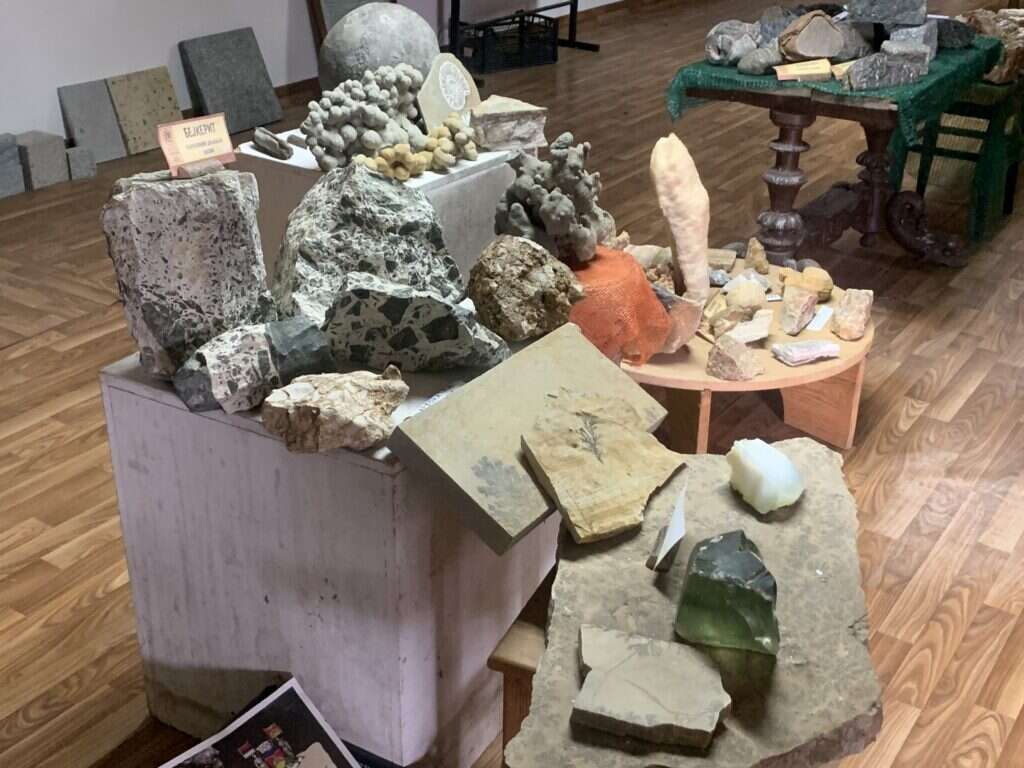
We stayed at this wonderful place for hours and hours, enjoying the amazing nature and peace it brings to the soul, the warm words of the hosts, the deep and fascinating stories behind every stone in the museum, the good homemade food they offer here…
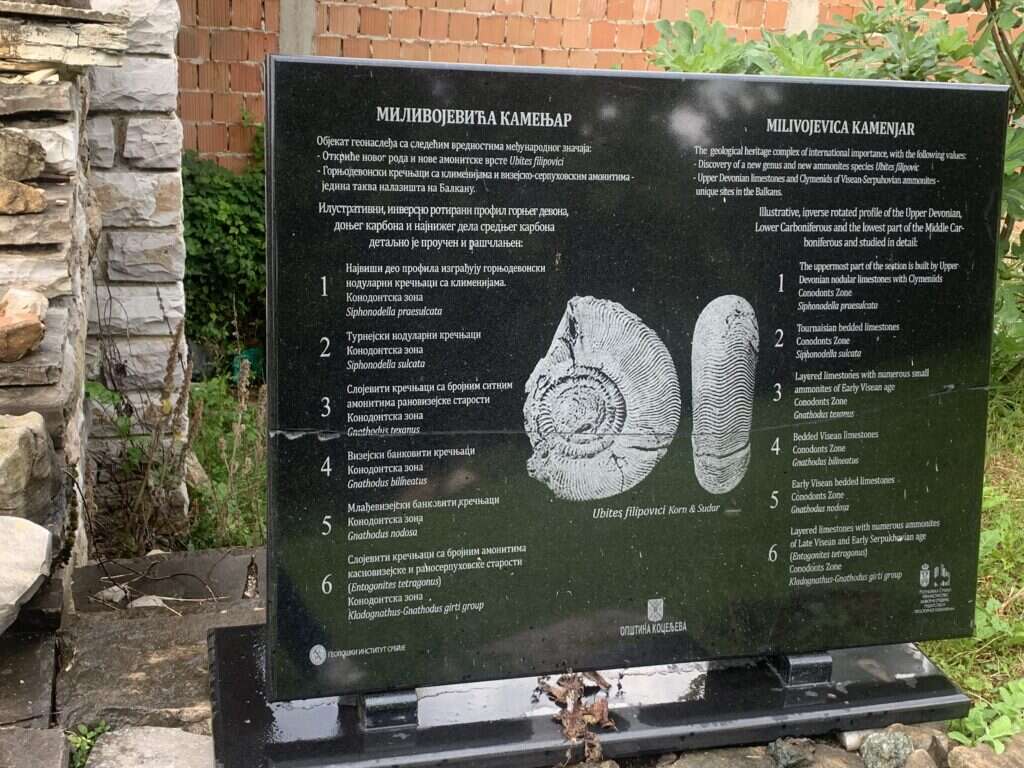
Believe us, if there is a perfect day, there is a high probability that this is the place where you can spend it!
This text is part of the project “Mionica, the beauty you must see”, and was co-financed by the Municipality of Mionica.
(Come to Serbia)
